What is it?
Public presentation refers to a student’s demonstration of learning, in front of an authentic audience that is invested in their work. A presentation does not have to be formal, or at the front of the classroom.
Many forms of public presentation might be considered alternative assessments of learning.
Why does it matter?
- When students share their work, they tend to be more accountable for their learning.
- The wide variety of presentation formats can play to students’ strengths and interests.
- Alternative assessments offer a more authentic view of students’ understanding of content, especially when sharing with an interactive, curious audience.
What does it look like?
Public presentations can take almost any form. Here are a few ideas:
- Report
- Model
- Debate
- Website
- Blog
- Podcast
- Museum
- Exhibit
- Board game
- Video PSA
- Children’s
- Story
- Demonstration
- Play
- Short movie
- Documentary
- Speech
- Social media
- Campaign
- Artwork
- Portfolio
- Essay
- Poster session
Common Misunderstandings
Public presentations do not have to be high stakes affairs! The key is to have an invested audience, even if it’s another teacher down the hall.
Also, public presentations are not limited to PowerPoint. Whenever possible, look for new ways for students to show their learning.
What is an authentic audience?
An authentic audience cares about the information being presented because it is relevant to them in some way–whether through personal interest, profession, etc. Audiences might include family members, other students, professionals, teachers, or community members.
Tips & Tricks
- Look for authentic audiences within your school or immediate community.
- Scaffold public speaking skills throughout the project:
- Small group share outs
- 1-on-1 discussions
- Time for presentation rehearsal
-
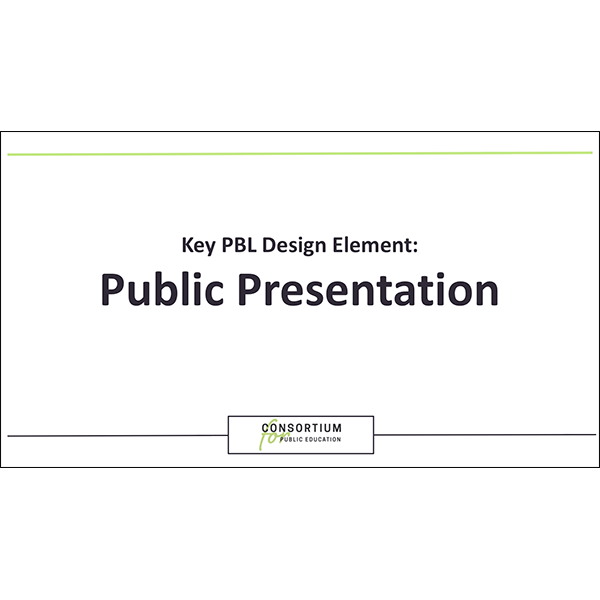
PBL: Public Presentation Overview
A slide deck discussing the purpose of Public Presentations as well as guidelines.
Resource -
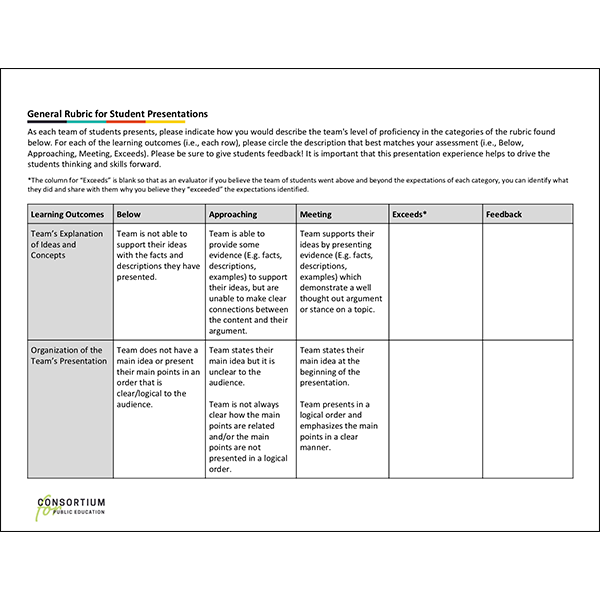
PBL: Student Presentation Rubric
A rubric to help students improve presentation skills.
Resource -
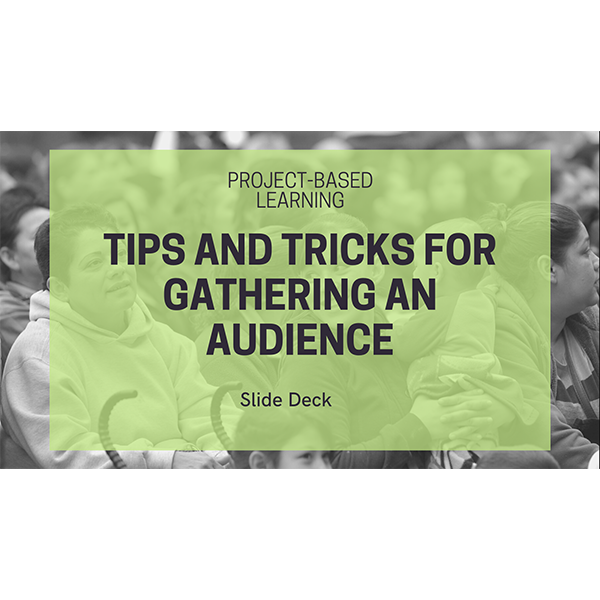
PBL: Gathering an Audience: Tips & Tricks
A slide deck providing advice for cultivating the right audience for your project.
Resource -
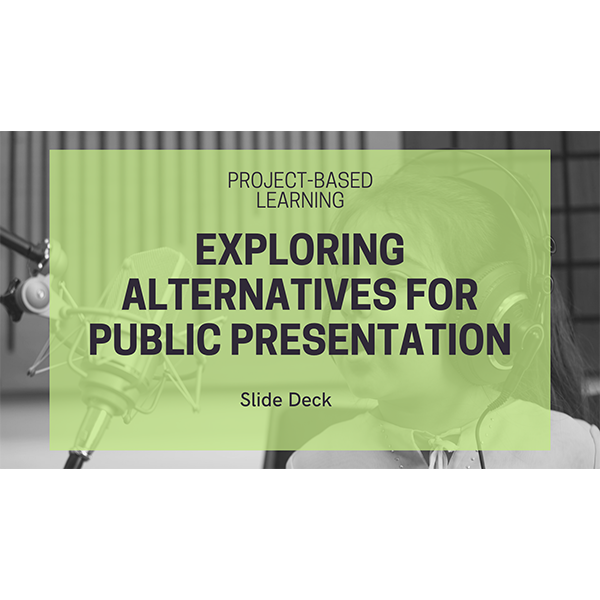
PBL: Presentation Formats
A slide deck detailing a variety of presentation formats.
Resource -
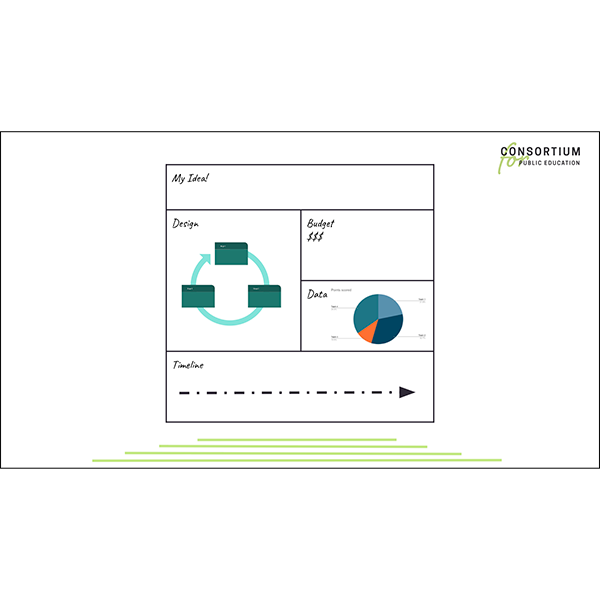
PBL: Concept Posters & Pitches
Two design methods for sharing key project information with one's audience.
Resource

